The future and challenges of the two wheeler battery swapping industry: grasping capital or becoming a key development point.
The two wheeled vehicle battery swapping mode has obvious advantages in terms of cost and efficiency, with over 13 million users in need of battery swapping, and a broad future prospect. However, the development of this mode also faces many challenges. Firstly, due to the heavy asset nature of the battery swapping station, it requires a higher capital investment in the early stage; Secondly, the standardization level of battery swapping is relatively low, and the battery and interface parameters of major battery swapping brands are not unified. The adaptation to different electric vehicles has not yet reached a unified standard, which has become the main factor hindering the future development of the two wheeled vehicle battery swapping industry.
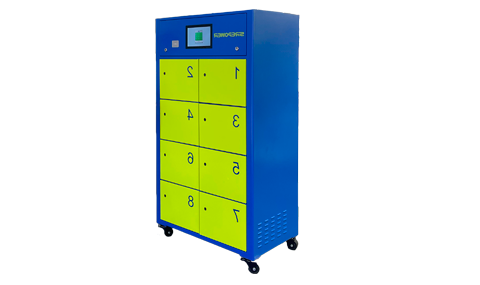
The charging cabinet is used by users to charge their own batteries. They need to unplug their own batteries, put them in the cabinet,
2025-03-21
In order to solve the pain points of electric vehicle charging and endurance, efficient and convenient shared battery swapping cabinets have emerged.
2025-03-21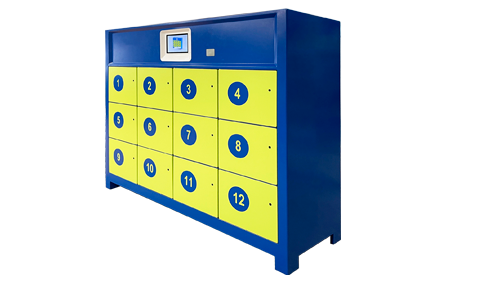
At present, the standardization progress of battery swapping cabinets is steadily advancing, and a series of specific standardization plans or standards will be introduced in the future to promote the standardized development of the industry.
2025-03-20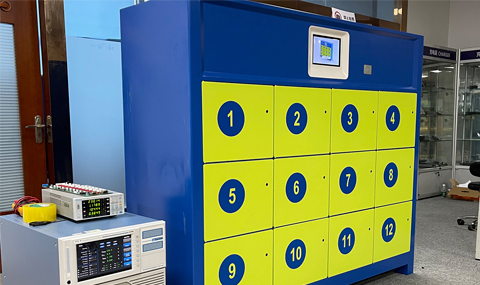
The number of electric bicycles is increasing, and how to safely and conveniently charge them is a problem for many people.
2025-03-20
In recent years, shared electric bicycles, as an emerging green mode of transportation, have quickly emerged as a new favorite in the urban short distance travel market due to their convenience,
2025-03-19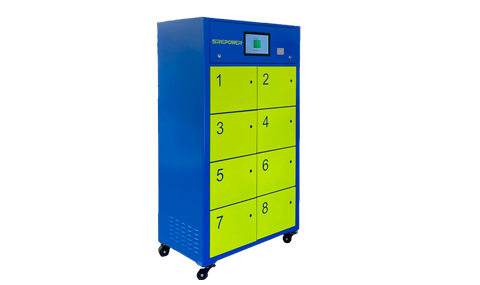
As an important component of the new energy field, the future development trend of battery swapping cabinets can be analyzed from the following aspects:
2025-03-19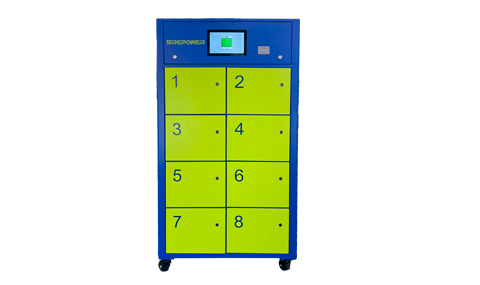
Station d'échange 12 armoires 15.8kw station d'échange de batterie Station d'échange de batterie 10kW pour 8 armoires 5 armoires 15.8kw station de commutation intelligente 10 armoires 16.8kw station de charge d'échange 4 stations de commutation de batterie pour vélo électrique et scooter 12 armoire répartiteur Smart Switch Station
Le flash Pile de charge de colonne - 12kw AC station de charge de colonne Pile de charge murale 12kw 7-20kw double pistolet rechargeable AC colonne 12KW AC Charging Pile-no display 120/160KW EV Car Charger
Puissance mobile 1300W 24V - 72v chargeur de batterie Chargeur étanche 2100w Chargeur de batterie série 840w Chargeur de batterie série 300W 180w AC Home charger chargeur de batterie double sortie
Ajouter:2-903, Building T2, Haiku Technology Building, Bao'an District, Shenzhen, Guangdong, China.
Téléphone:0755-23054220
E-mail:Info@srepowerne.com
 Contacts WhatsApp
Contacts WhatsApp
2014 @ GUANGDONG SRE TECHNOLOGY LTD. Design by:SZZGHLPlan du site